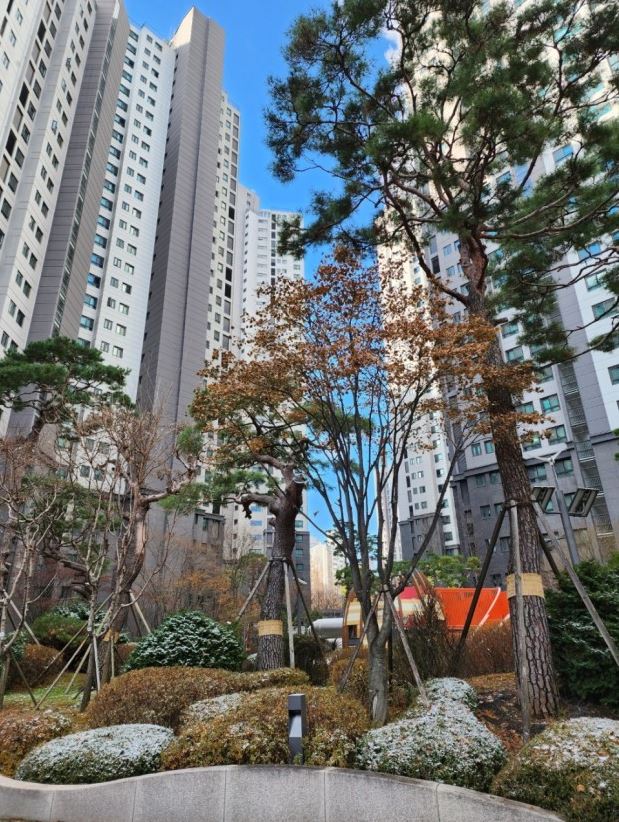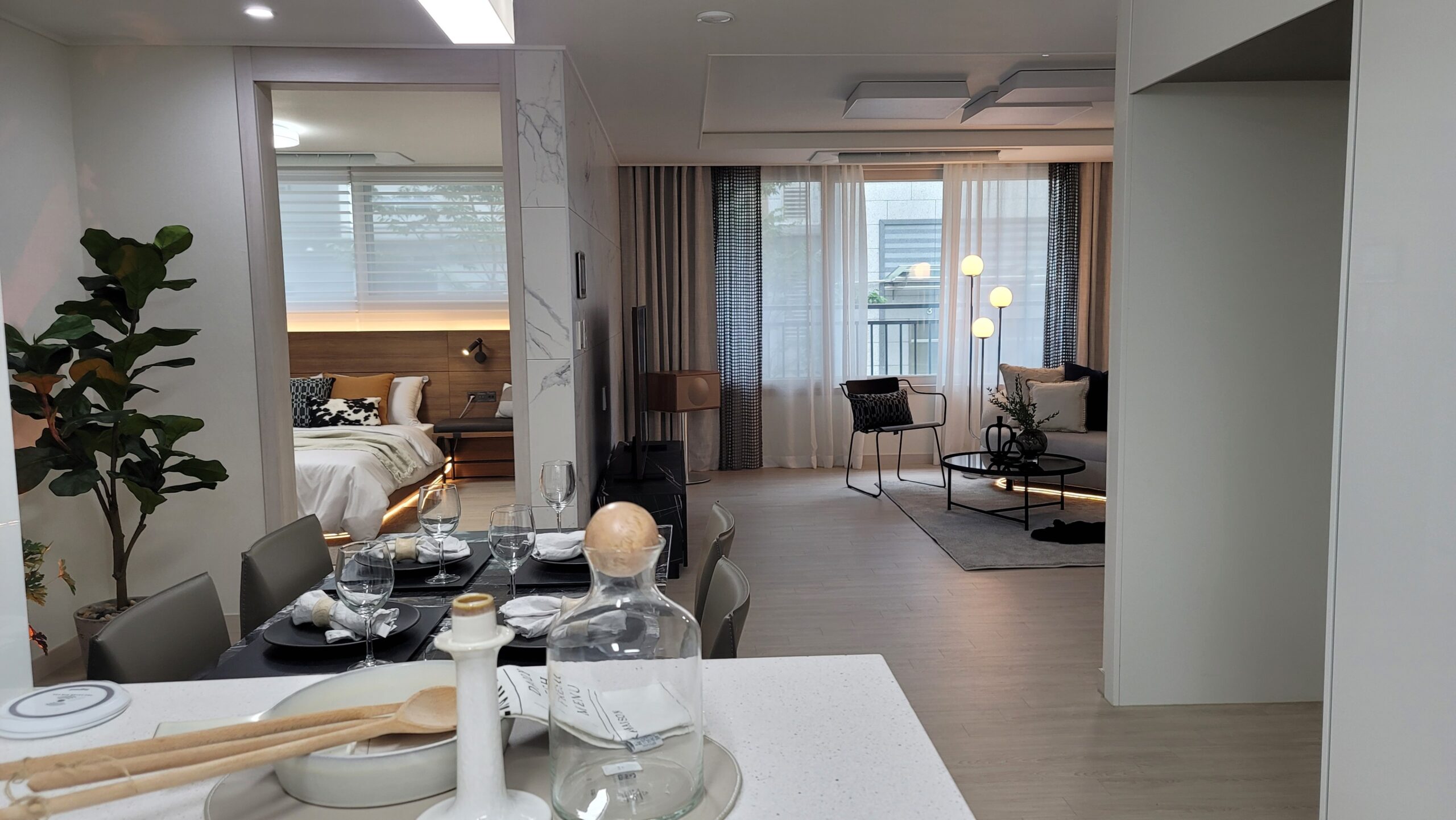South Korea’s real estate market has long been a topic of controversy, with housing prices soaring to unprecedented levels over the past few decades. What was once a basic necessity—owning a home—has now become a luxury and an investment tool for the wealthy. As a result, the nation’s homeownership rate stands at around 60.7%, leaving nearly 40% of the population renting or struggling to enter the market. But how did South Korea get here?
1. The Beginning: The Seeds of an Investment-Driven Market
The shift toward treating real estate as an investment rather than a place to live can be traced back to the rapid economic development and urbanization of South Korea.
- Post-War Development Boom (1960s–1980s): South Korea underwent fast industrialization, leading to an influx of people into cities like Seoul. This drove the demand for housing, prompting large-scale apartment construction.
- The Rise of Speculation (1990s–2000s): As land became scarce, real estate speculation skyrocketed. People began buying apartments not to live in but to sell later at a higher price.
- Government Policies and Loans: Easy access to real estate-backed loans fueled the market, allowing investors to purchase multiple properties and further inflate prices.
Over time, apartments became more than just homes—they turned into wealth-generating assets, creating a cycle where those who already owned property became richer, while others were left behind.
2. The Present: An Unaffordable Market
Today, South Korea faces one of the most expensive real estate markets in the world, especially in Seoul. The housing price surge has created a widening wealth gap and a feeling of hopelessness among young people.
- Soaring Apartment Prices: In Seoul, even small apartments cost several million dollars, making homeownership unattainable for many.
- Declining Birth Rate & Marriage Trends: With homeownership nearly impossible for young couples, many are choosing not to marry or have children, contributing to South Korea’s low birth rate crisis.
- High Rent & Housing Insecurity: Those who cannot buy are forced to navigate a highly competitive rental market, struggling with rising monthly payments.
The Korean dream of owning a home has become a privilege rather than a standard life goal.

3. The Future: Can the Market Be Fixed?
With real estate prices showing no signs of stabilizing, many wonder if housing will ever be affordable again. The government has attempted to regulate the market through tax reforms, lending restrictions, and public housing projects, but these measures have yet to significantly ease the crisis.
Potential solutions include:
✅ Stronger Regulations on Speculation – Limiting multiple-property ownership and enforcing stricter taxes on investors.
✅ Expanding Public Housing Projects – Providing more affordable housing options for middle- and lower-income families.
✅ Decentralization of Development – Encouraging industries and businesses to expand outside of Seoul, reducing demand in the capital.
However, without fundamental changes in mindset and policy, South Korea’s real estate market may remain a high-risk, high-reward investment game—rather than a system designed to provide stable housing for its people.

Leave a Reply